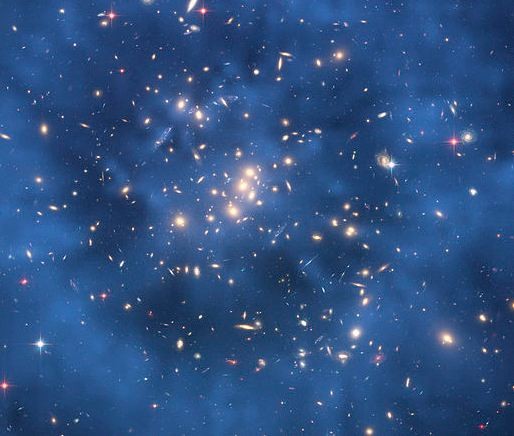One of the most important mysteries of physics, dark matter makes up a bulk of the universe’s mass-energy balance. It’s what Chinese scientists over at the Shanghai Engineering Center for Microsatellites (SECM) intend to study upon the launch of the non-profit organization’s dark matter probe.
The project was announced during a press briefing held by SECM on Friday, May 29.
Called the DAMPE or Dark Matter Particle Explorer, the satellite is built to function for approximately three years. It is planned to launch from the Jiuquan Satellite Launch Center later this year.
DAMPE will also study high-energy gamma rays and the origin of cosmic rays. Among the probe's most prominent features are its observation spectrum and energy resolution, which is said to be the widest and highest of any dark matter probe in the world, respectively.
"The Dark Matter Particle Explorer will observe the direction, energy, and electric charge of high-energy particles in space in search of dark matter," said Chang Jin, who serves as the chief scientist of the project.
Scientists around the world, such as Yang Zhenning, a Nobel Prize winner in physics, posit that dark matter theory may be the gateway for people to understand phenomena that go beyond our current spectrum of knowledge. The development of dark matter theory, they believe, will trigger a "revolutionary progress" in physics.
DAMPE is part of a space study program that consists of five research satellites. SECM plans to launch three more satellites within two years. The probes will collect data on quantum science experiments, black holes and neuron stars.




























